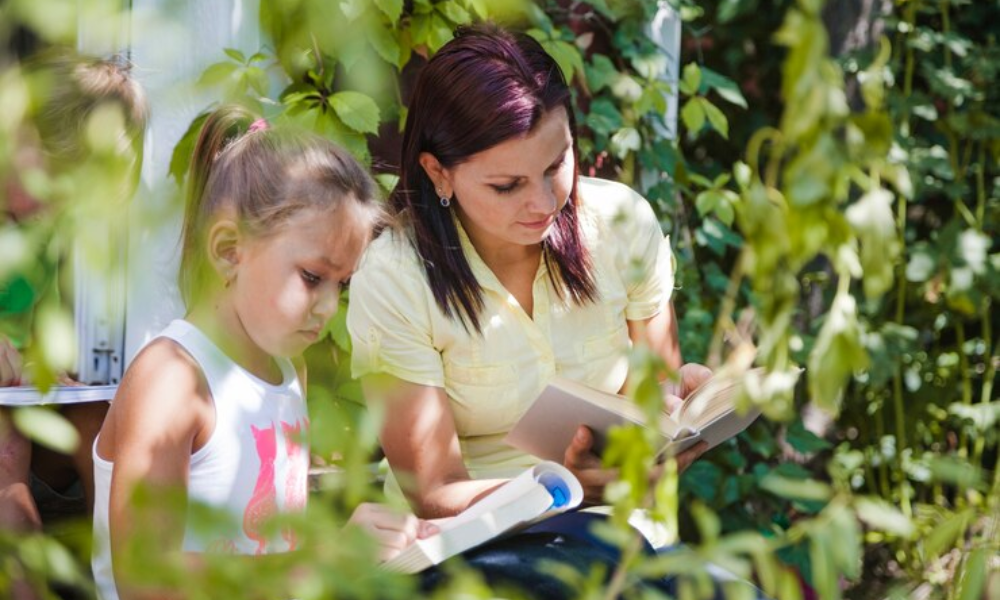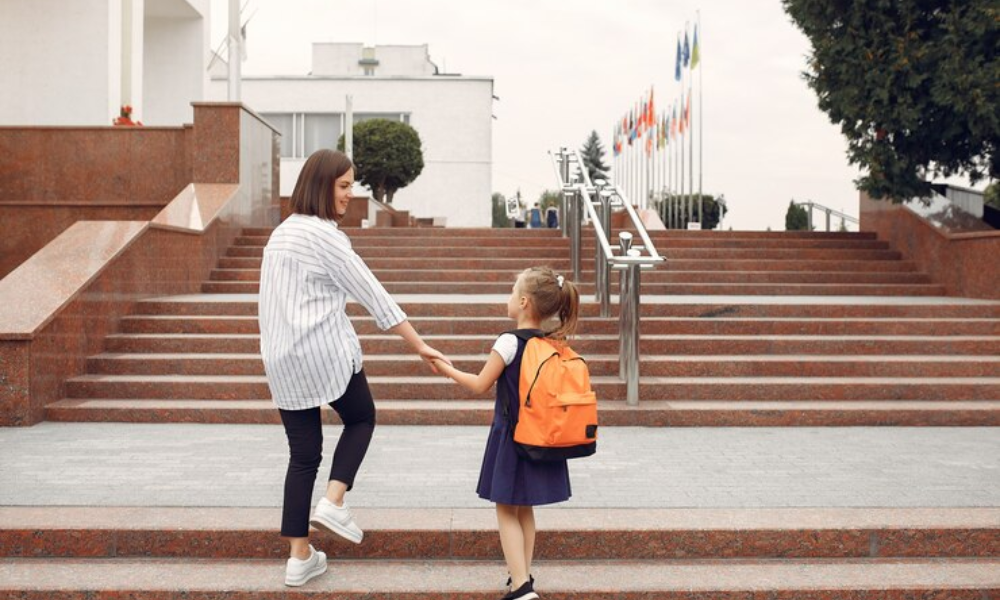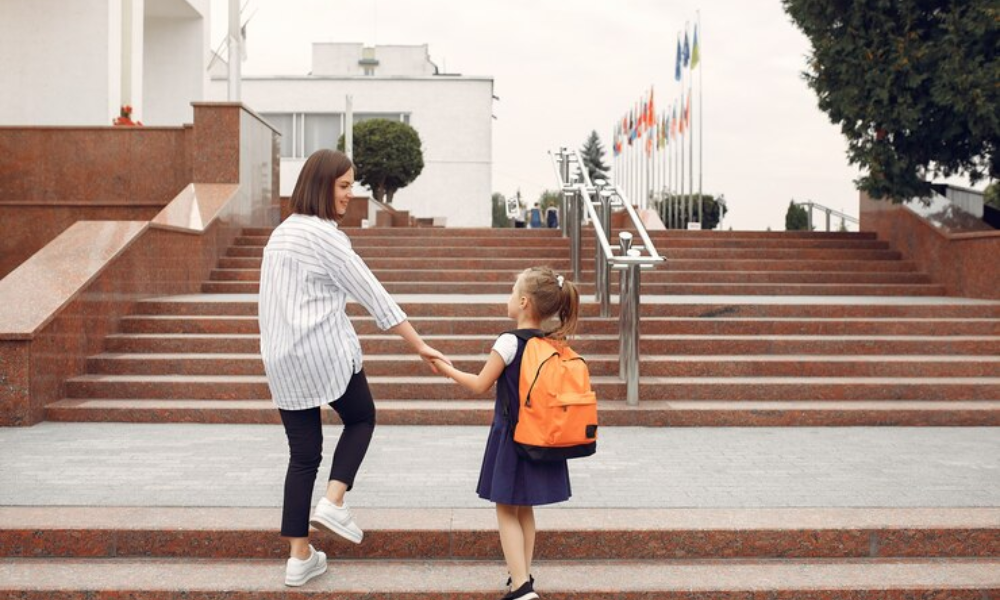Creating an environment friendly school involves more than just meeting regulatory standards; it’s about instilling a culture of sustainability that permeates daily life for students, parents, and teachers alike. This guide explores practical strategies to transform schools into greener, more sustainable environments.
Understanding the Concept of Green Schools

Green schools focus on reducing water and energy consumption, cutting costs, and minimizing carbon footprints. They often adhere to standards like Leadership in Energy and Environmental Design (LEED) to achieve sustainability goals.
The Role of LEED Certification
LEED provides a rigorous framework for building environment friendly schools and offers certification as a tangible demonstration of a school’s commitment to sustainability.
Steps Parents and Students Can Take

Parents and students play pivotal roles in promoting sustainability at school:
Encouraging Sustainable Transportation
- Public Transportation: Advocate for the use of public transport, walking, or biking.
- Carpooling: Organize carpooling to reduce the number of vehicles commuting to school.
- Reduce Idling: Encourage turning off car and bus engines to minimize emissions.
Implementing Energy-Saving Measures
- Cleaner Fuels: Support biodiesel or hybrid school buses.
- Lighting Solutions: Replace incandescent bulbs with energy-efficient alternatives.
- Trayless Eating: Promote carrying food to reduce tray usage and water consumption.
Promoting Eco-Friendly Practices
- Non-Toxic Cleaning: Use environment friendly cleaning products and non-toxic pesticides.
- Plastic Ban: Advocate for eliminating single-use plastics in school lunchrooms.
- Paper Conservation: Encourage minimal paper usage and provide reminders to reduce waste.
How Schools Can Reduce Energy Usage

Efficient energy management is crucial:
Conducting Energy Audits
- Monitoring Usage: Involve students in tracking monthly energy consumption to identify areas for improvement.
- Implementing Recommendations: Utilize tools and programs like those offered by the Green Schools Alliance to lower energy consumption.
Practical Steps for Energy Efficiency
- Daylight Utilization: Maximize natural light to reduce reliance on artificial lighting.
- Energy Star Appliances: Install energy-efficient appliances certified by Energy Star.
- Weatherization: Ensure windows and doors are properly sealed to prevent energy loss.
Educating the Community

Engaging the community fosters a culture of sustainability:
Sharing Success Stories
- Learning from Others: Gather insights from successful green initiatives implemented by other schools.
- Community Communication: Keep stakeholders informed through newsletters or school websites about ongoing sustainability efforts.
Local Initiatives
- Local Produce: Introduce locally sourced food options in school cafeterias to reduce carbon emissions associated with transportation.
- Environmental Classes: Offer classes that educate students and the community about environmental awareness and sustainable living practices.
Practical Examples and Case Studies
Case Study: Synthetic Playing Fields
Water Savings: Schools installing synthetic playing fields made of eco-friendly materials have saved significant amounts of water annually.
Case Study: Local Produce and Environment friendly Classes
Energy Reduction: Schools promoting local produce and offering environmental education classes have seen reductions in energy usage and increased student engagement.
Conclusion
Transforming schools into environment friendly institutions requires collective effort and commitment. By implementing practical steps, conducting energy audits, and fostering community education, schools can make substantial strides in reducing their environmental impact and promoting sustainability for future generations.
Frequently Asked Question
Q1. What is a green school?
Answer. A green school reduces energy and water use, lowers costs, and minimizes carbon footprints through sustainable practices.
Q2. What is LEED certification?
Answer. LEED certification is a recognized standard for sustainable building practices, demonstrating a school’s commitment to the environment.
Q3. How can parents help make schools greener?
Answer. Parents can promote sustainable transport, energy-saving measures, and eco-friendly practices.
Q4. What are some sustainable transportation options?
Answer. Walking, biking, public transport, and carpooling are sustainable options.
Q5. How can schools reduce energy usage?
Answer. Schools can conduct energy audits, use natural lighting, install Energy Star appliances, and ensure proper weatherization.









